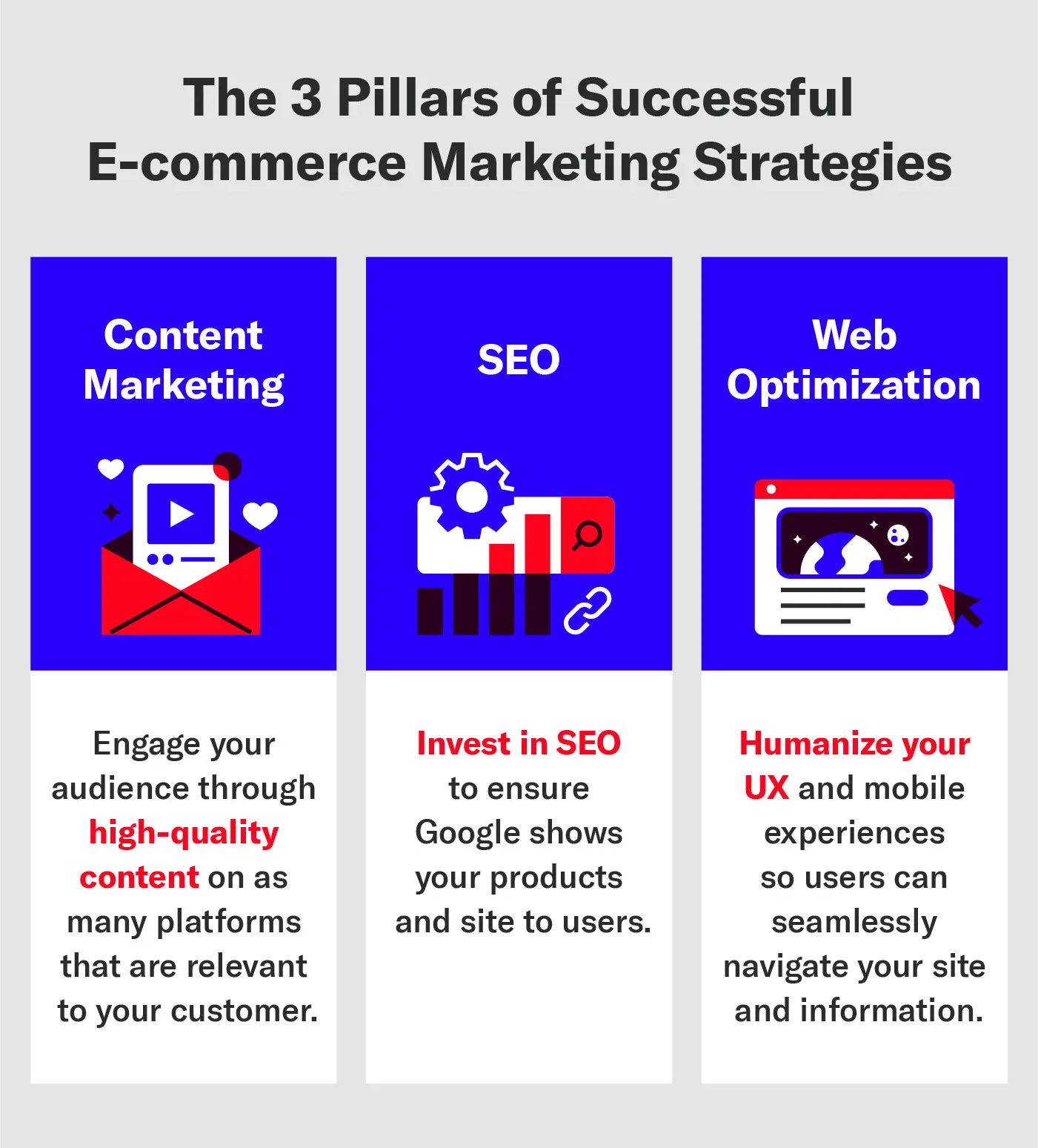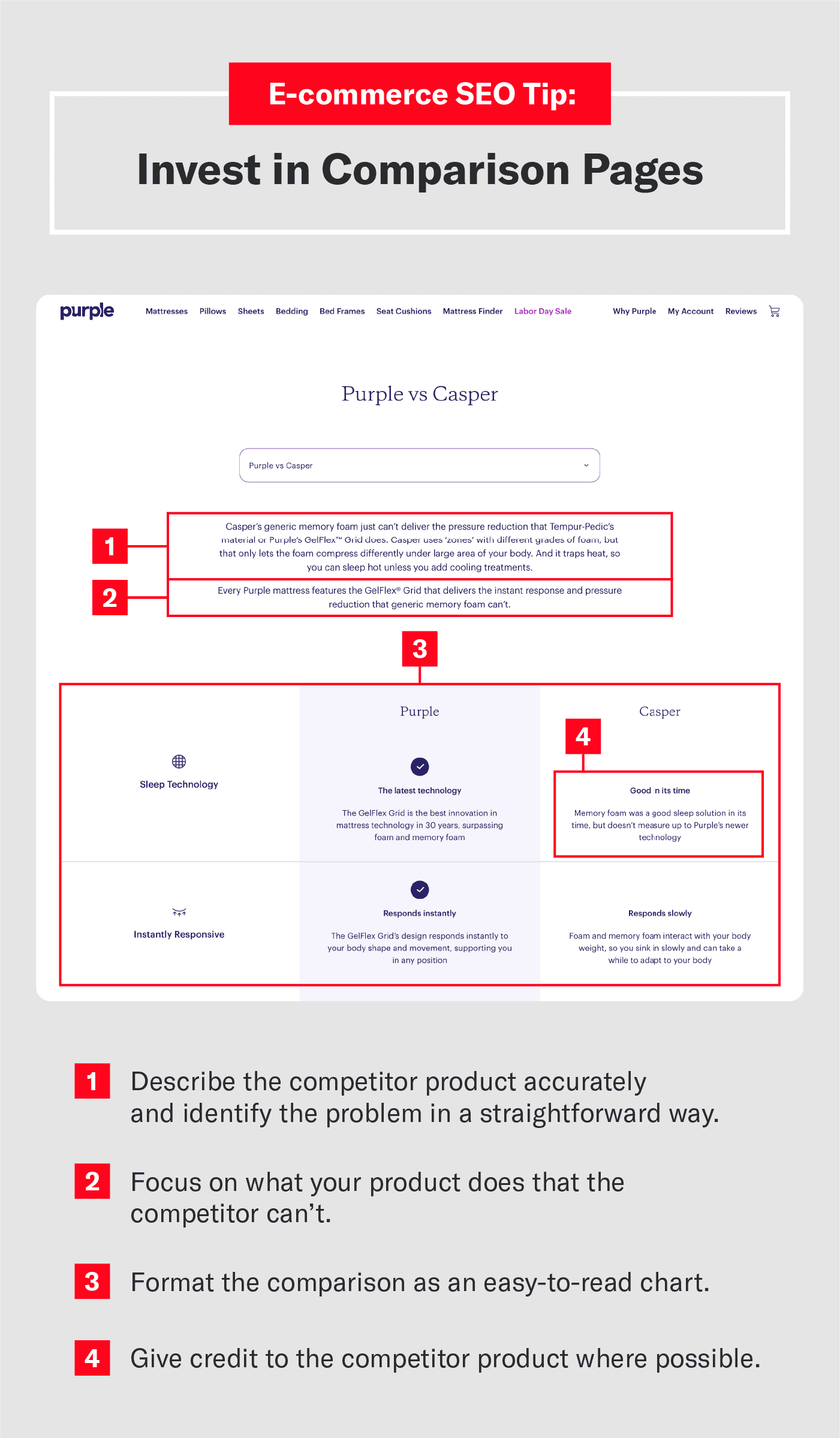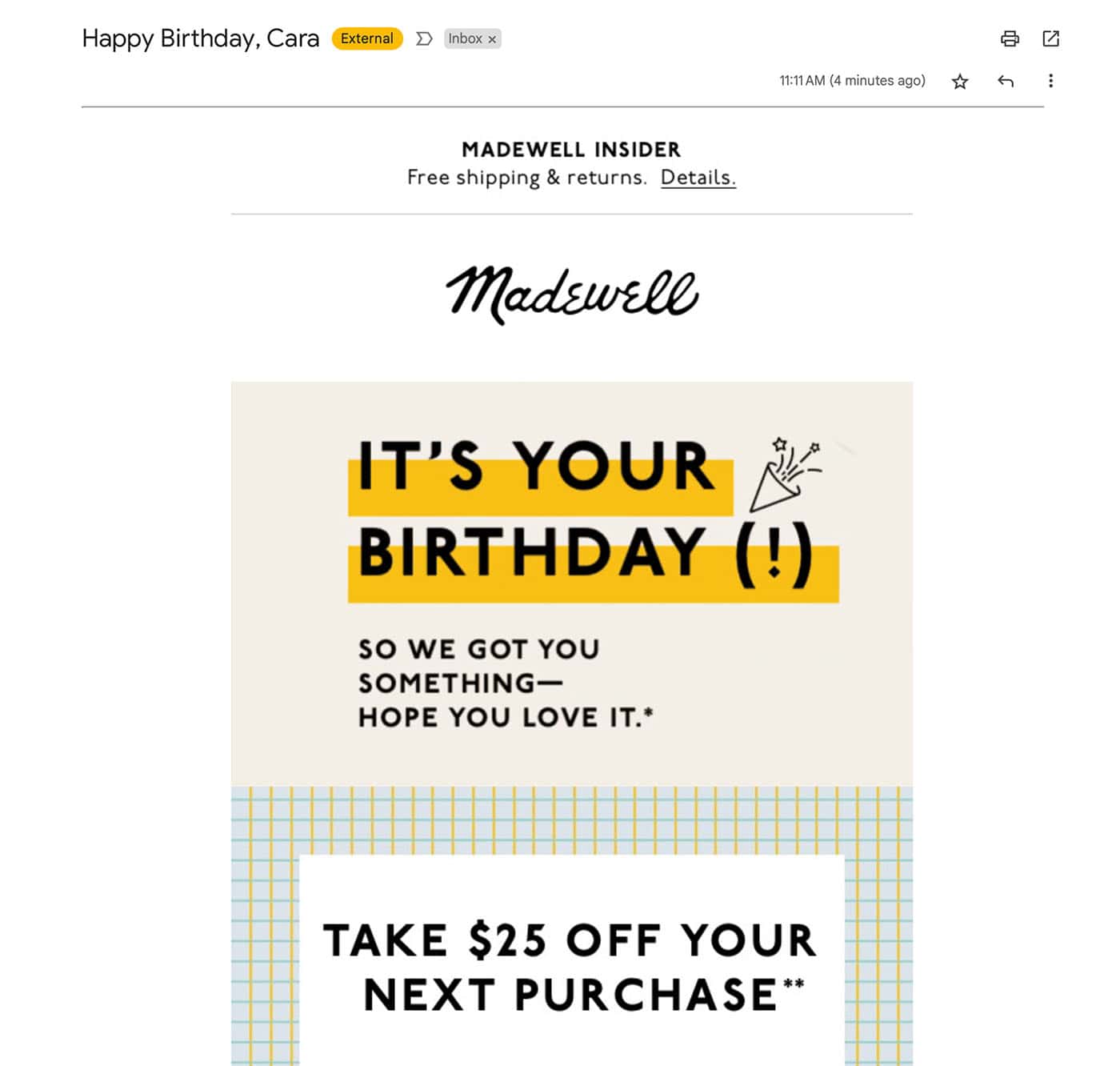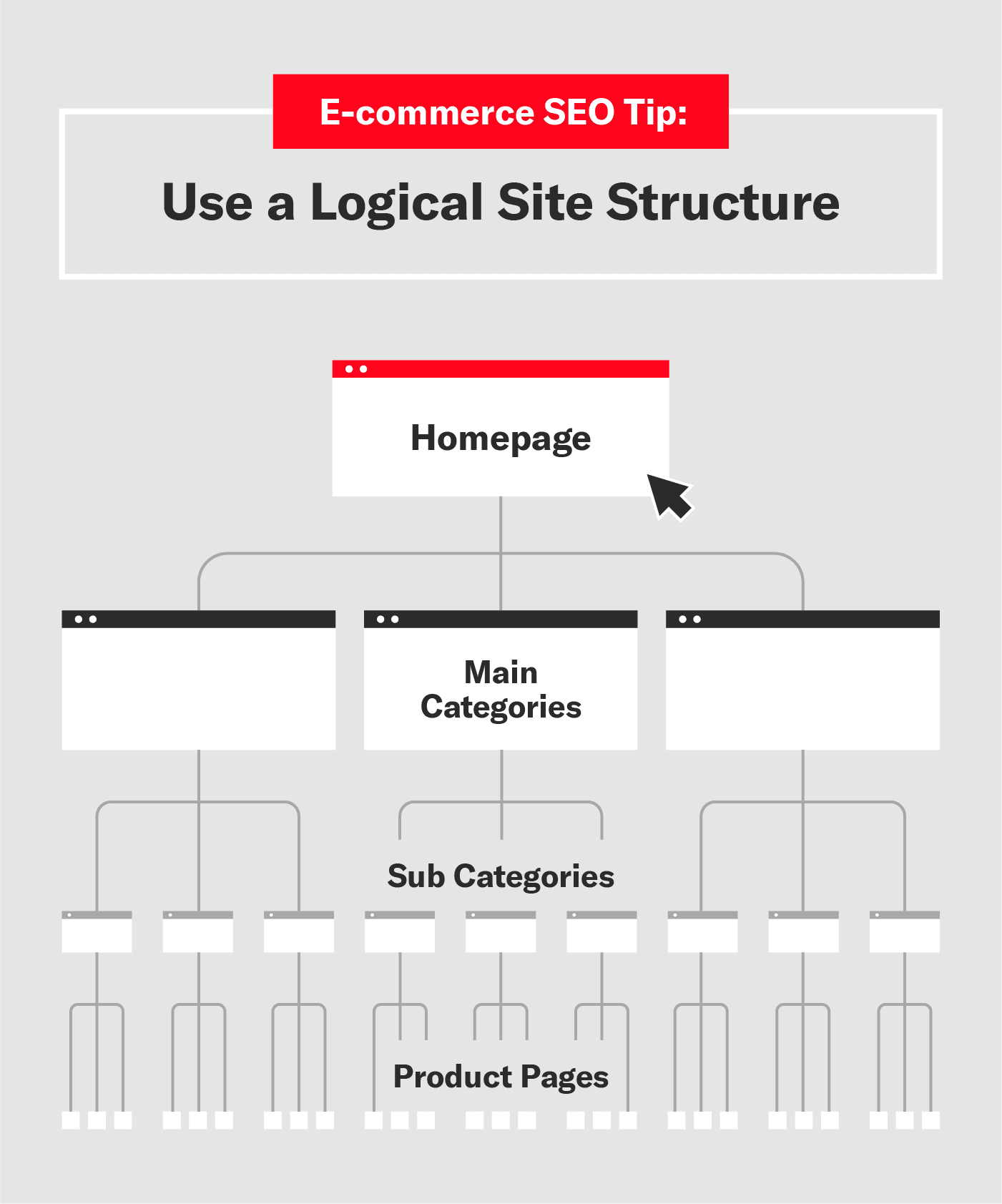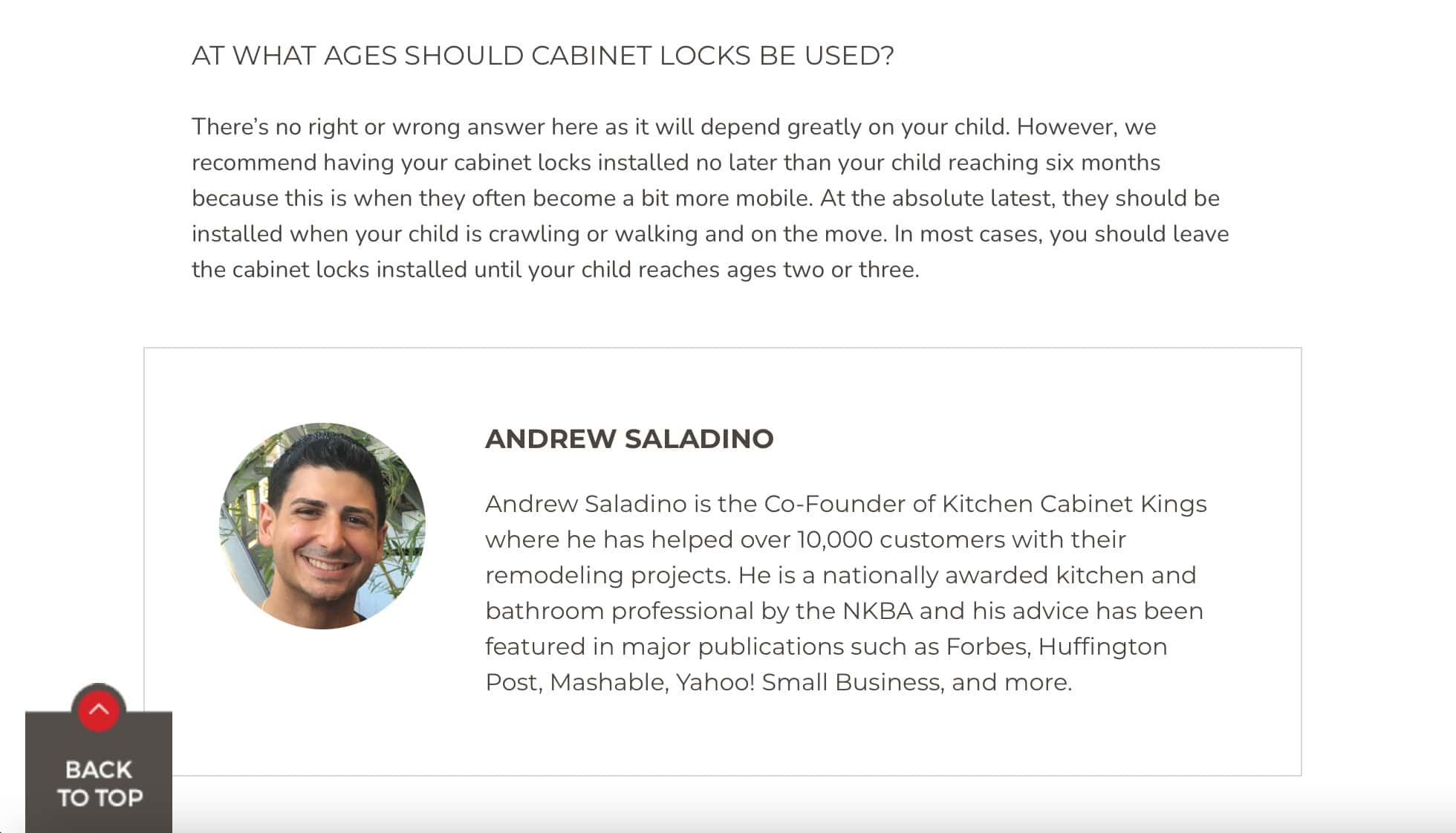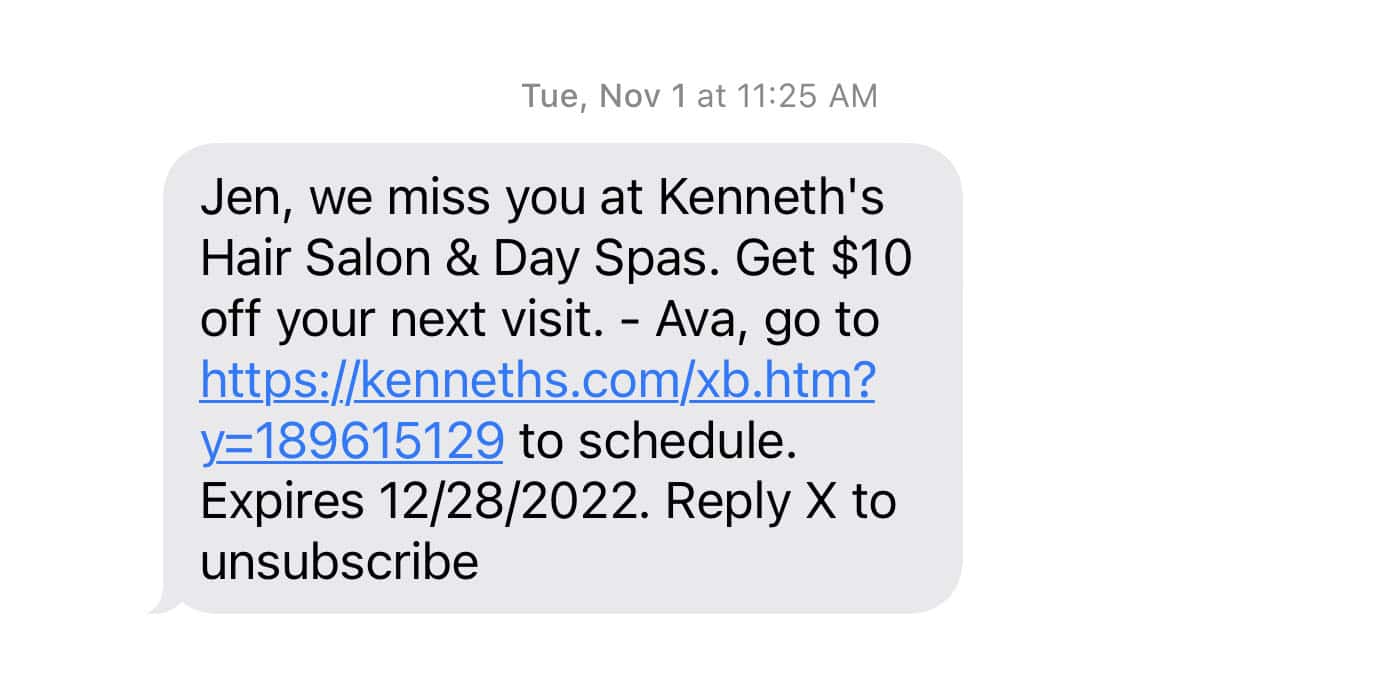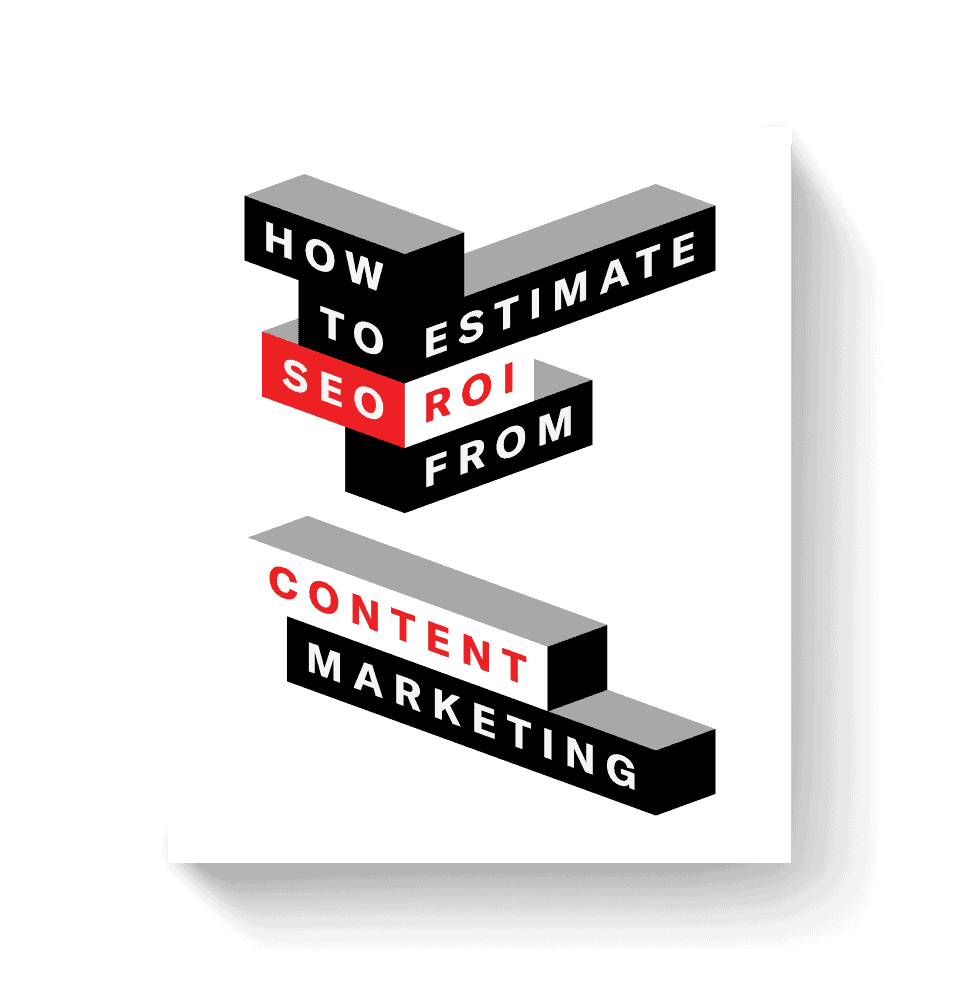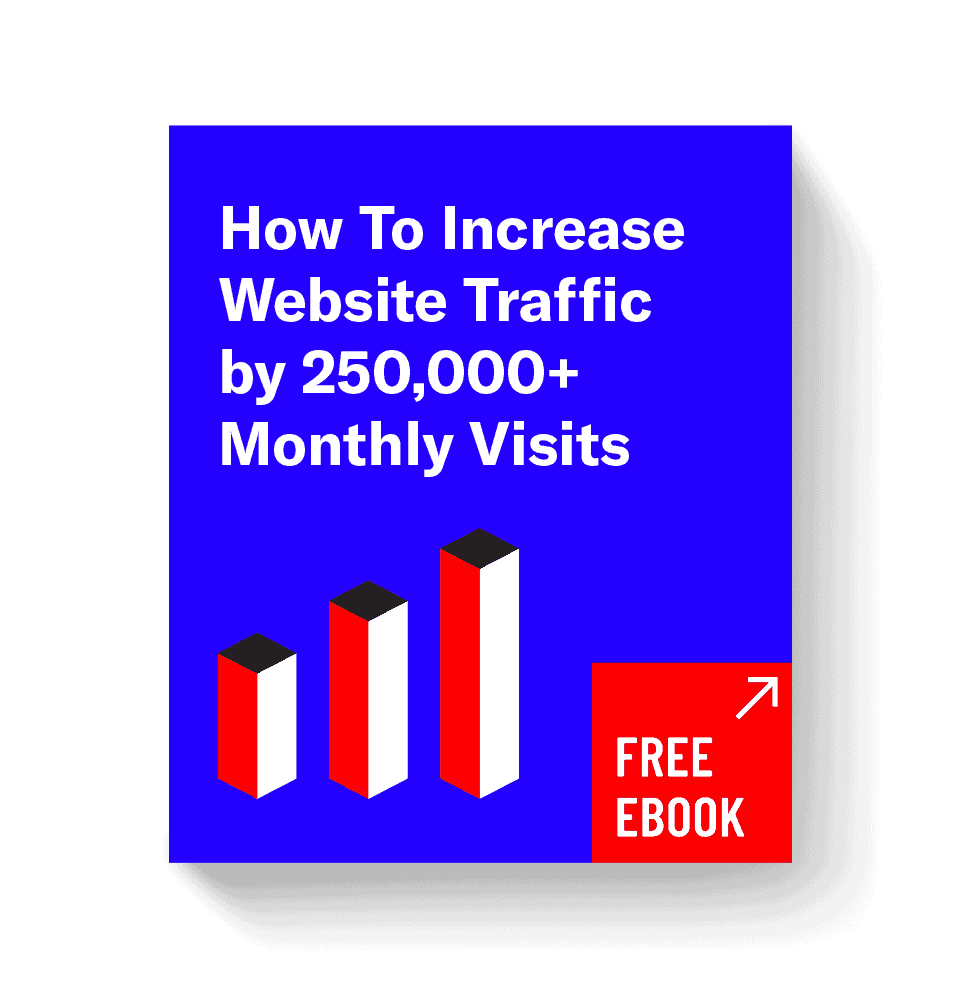In 2021, 20% of global retail sales were conducted online; by 2040, that number is expected to be 95%. Your business needs a powerful e-commerce marketing strategy to remain competitive.
E-commerce is unique, so you can’t use the same methods you would use to market a traditional storefront. E-commerce has a shorter sales cycle and focuses on getting people’s attention rather than using product research to build authority.
To effectively execute e-commerce marketing strategies to boost both traffic and sales for your online store, it’s essential to grasp a comprehensive understanding of what it means.
What Is E-commerce Marketing?
E-commerce marketing utilizes brand awareness and engagement strategies to attract potential customers at the top of the sales funnel. When executed effectively, site traffic converts to active buyers, thus leading to improved sales performance and loyal customers.
But it’s not a set-it-and-forget-it situation — e-commerce marketing is a complicated beast with constantly changing best practices and algorithm updates. For a marketing campaign to be successful, you’ll need a multi-prong approach that includes content marketing, SEO, and web optimization.
Take our word for it. With dozens of case studies in e-commerce we understand the tried and true strategies needed to influence a buyer’s journey. Check out our list to stand out from the competition and support your sales growth.
1. Invest in Content Marketing
If you’re looking for a strong ROI in your marketing campaign, you must include e-commerce content marketing as part of your e-commerce strategy. Whether you’re creating and sharing blog posts, videos, or podcasts, original high-quality content establishes you as an industry leader and an authority in the space.
First and foremost, do audience research to see what they want and value in content, create it, and then boost it with your email marketing campaign or social media channels. You’ll rank in search results to pull in organic traffic and connect with potential customers if done right.
Potential mattress buyers want to see how your product compares to others, so Purple‘s comparison page helps them make a purchase decision. This illustrates how the creation of strategic content can effectively draw visitors to your e-commerce platform, subsequently converting them into paying customers.
Creating content that converts is time-consuming and requires a well-thought-out content strategy — it’s not something your marketing team can whip up when they have time. If you don’t have the expertise on your staff or the bandwidth to craft and implement your strategy, work with a partner like Siege Media.
Siege Media has helped e-commerce businesses generate about $7.4 million a month in traffic value.
2. Step Up Your Social Media Marketing
A crucial part of any e-commerce marketing strategy is finding your customers where they are and focusing your energies there. You don’t want to devote half of your annual marketing budget to commercials they’ll never see. Most Americans (70%) use at least one social media platform daily so it’s time to get on social media.
Interact with your audience. Share brand announcements like product launches or awards, tout giveaways, seek feedback, and share user-generated content (UGC). As long as you maintain the same voice and personality on social media that you use in the rest of your marketing materials, you’ll lead potential and existing customers to your website.
3. Grow Your Email Marketing Campaign
Email marketing is another effective e-commerce marketing strategy, with a 4,400% ROI, which is probably why nearly 90% of marketers include it in their strategy.
The first step in any email marketing campaign is to collect emails. E-commerce sites can do this in several ways, like asking for an email in exchange for a special deal or downloading a tool (like a template or checklist) from your blog.
Once you have their email address, send relevant and timely emails to stay in contact with leads.
Example emails include:
- Welcome emails
- Sales notices
- Exclusive offers
- Birthday celebrations
- Order confirmations
- Product launches and updates
- Cart abandonment alerts
- Newsletters
Automate as much of your email marketing campaigns as possible using tools like MailChimp or your customer management system (CMS). Not only will this save you time — it’ll save you money.
Personalize and segment your email marketing campaign. Use the customer’s name whenever possible and reference specific products they’ve shown an interest in. Send them specific emails based on their place in the buying cycle, shopping habits, or interests for the most ROI.
4. Adopt a Pay-per-Click Strategy
Digital pay-per-click (PPC) advertising consists of ads that send users straight to your landing page. The ads appear on several platforms, but Google and Facebook are the most popular. The best part? You only pay for the ad when someone clicks on it.
In the case of Google PPC ads, the ad will appear above the search results, so if you sell golf clubs and someone searches “best golf clubs,” your ad will appear at the top of the search engine results page (SERP). Since so many people click on whatever is at the top, there’s a good chance they’ll click on the link to your landing page for golf clubs.
You can target these ads for a general audience — the best golf clubs example — or to the user. For instance, if someone has looked at one of your golf clubs before, the ad may take them back to the golf club they were looking at instead of the main landing page.
5. Optimize Your Site for Mobile
Most traffic to your e-commerce site is likely coming from a mobile device, so you should optimize your site for mobile users.
At the very least, your website must look great on smaller screens so users can still click on your “Add to Cart” button. Since bounce rates increase exponentially when a site takes too much time to load, ensure your site loads quickly.
6. Invest in SEO
Since nearly 50% of online purchases result from a search engine, your bottom line depends on you showing up in search results. Research also shows that where you rank within those results matters — the first-ranked result earns a nearly 40% click-through rate (CTR), while the third only generates 10.2%.
To capture those highly coveted (and highly competitive) top spots, you need to invest in your website’s SEO. Building SEO involves several different factors:
- On-page SEO: This includes using keywords to optimize your content through your metadata, link building, URLs, and images.
- Off-page SEO: This is not done directly on your website but shows Google that you are a trusted authority. Backlinks, social media marketing, guest posting, and podcasts develop your off-page SEO.
- Technical SEO: This refers to how you structure the site. Elements like page load time, site architecture, sitemaps, and crawlability all impact your technical SEO.
Start your SEO investment with the technical site structure. It doesn’t matter how amazing your content is — if the SEO structure is off, the search engines won’t be able to find your content to display in search results. Ensure your site has a logical hierarchy to show search engines what is important and how all the pages relate to one another.
Like content marketing, you may want to partner with an SEO service to ensure you get the best ROI possible. Our experts can help you optimize your page speed, conduct linking audits, evaluate your current UX, and more. We have a proven track record of delivering 100,000+ visits when our SEO services are paired with our content marketing services.
Prioritize keywords with our free KOB Analysis Template.
7. Humanize Your User Experience
Humanize your company by highlighting your staff on social media or your website. Add their pictures or author bios to the content they create on your blog, or include videos and images of your employees on social media (with their permission, of course). Be transparent with consumers about your company’s goals and values.
Treat your customers like the human beings they are. Use their names in emails or text communications. Ask for their feedback about their experience with your company. Small actions like this go a long way to making your customer feel valued and like they are more than a sale.
8. Re-Engage Customers via Retargeting
If you don’t have one, start a retargeting campaign. A lead who makes it to your website is more likely to convert to a paying customer than someone who’s never heard of you before, so invest in getting them back.
Send emails or text messages asking people if they are still interested in the product they were looking at last week. Remind them that their new favorite product is still in their cart waiting to be purchased. Let them know when you launch a new product or something they’ve looked at in the past is going on sale.
9. Recruit for an Influencer Marketing Campaign
The rise of social media has created a new class of celebrity — the influencer. They create a specific brand and then act as ambassadors for the companies they feel fit with their brand. For example, an influencer might share family-friendly recipes with followers and recommend or review products related to cooking equipment as part of their brand.
Influencers have thousands of followers, so they can easily reach audiences where you don’t yet have a foothold. The most popular social media channels for an influencer marketing campaign vary based on the age of your audience, but the most popular are:
- YouTube
- TikTok
10. Utilize Text Messaging Campaigns
Nearly 86% of the world has a cell phone, meaning text messages are an excellent way to communicate with most people, especially since many emails don’t make it out of the spam folder.
Collect your customers’ cell phone numbers with their emails and send them promotional and support messages. Let them know their order is on its way, or that they forgot to place it. Send them a code for a percentage off their next order, or tell them about a new product launch.
Regardless of the messages you send, keep them short and simple, and don’t overdo it.
11. Add a Live Chat To Your Site
Live chat is a quick and easy way to add instant customer support to your website through an instant-messenger-style window. Plus, customers seem to like it — 73.5% of users are satisfied with live chat support.
While its primary benefit is improved customer service, you can also use your live chat for marketing. Based on the user’s actions, the live chat can let them know about products or sales without collecting their email or phone number.
12. Reward Your Customers
To maximize your marketing budget, devote some energy to turning a one-time customer into a repeat customer through a loyalty program. After all, it’s a lot more cost-effective to focus on the customers you already have than tracking down new ones.
Use a loyalty program to offer incentives for purchases or referrals. For example, for every $50 members spend, they earn a $5 off coupon code. If you prefer referrals, offer them 10% off their next purchase if someone names them as a referral source. Whatever the reward is, make sure it’s worth it to your customer.
13. Engage in Digital PR
Influencers are great for getting links, but their posts are often tagged as sponsored. Digital PR helps you get links naturally without that pesky “sponsored” label that Google doesn’t trust as much as paid links. In addition to driving traffic to your site, it helps build brand awareness.
In digital PR, you work to get links from news sites and other high-authority sites to your content. It’s similar to link building but focuses on authoritative sites rather than just guest blogs. You’ll need to create high-quality original content like data studies or surveys for success with this strategy.
Look into what proprietary data you have on hand, such as the most popular gifts people ordered last year between Black Friday and Christmas Eve, and use that to create a post about the most popular gifts for the current year.
See how Siege Media’s Digital PR services<a/a> can help you get results.
14. Implement Video Marketing
In addition to hanging out on social media, today’s customers watch more videos than ever — with many predicting Americans will watch 184 minutes of video a day by 2026. If you don’t have a video marketing strategy yet, you’re missing out on a critical way to reach your audience.
E-commerce video strategies to consider include:
- Livestreaming videos using your products to show them in use in the real world
- Making your videos shoppable so clicking on them takes users directly to landing pages or adds an item to their cart
- Sharing user-generated video content
15. Improve Your Conversion Rate
No e-commerce marketing strategy is complete without conversion rate optimization (CRO). With this strategy, you need to dig into the percentage of website visitors who convert (whether signing up for your newsletter, making a purchase, or doing something else you deem important).
Identify where users fall out of the conversion process and ask why. Maybe they put things in a cart but don’t make a purchase, and your team identifies that many of them stop before creating an account. Brainstorm potential solutions and A/B test them and implement whatever works best to increase conversion rates.
16. Conduct Link Building
Link building is crucial to building your website’s SEO, so include it in your e-commerce strategy. It’s part of Google’s algorithm for determining rank, so a business that spends time link building has more success than a business that doesn’t.
You can either focus on manual link building through outreach or create phenomenal content that earns links organically. There are several link building strategies you can implement:
- Look for broken links and suggest your resource as a replacement.
- Conduct link reclamation by looking for organic mentions that don’t link to you or asking a website to reinstate a link to your content that they’ve removed.
- Guest blog with a link back to your site.
- Conduct surveys or studies to create original data that others will want to link to.
Link building can be a hefty strategy to tackle alone, so it may make sense to partner with an expert like Siege Media. Our content team knows how to get high-quality links, and our Digital PR team can help you accelerate your link building in financial verticals.
Use our outreach templates to streamline link building efforts.
How To Measure Success of an E-commerce Marketing Campaign
Before you implement your e-commerce marketing strategy, start by identifying how you’ll measure success. Otherwise, you risk throwing money at strategies that don’t have a positive ROI.
Key Metrics to Consider
First, identify your company’s specific goals and the data that will help you evaluate success.
If your main goal is to increase discovery of your product, look at:
- Impressions: the number of times your content is presented to users across all platforms (search results, social media, etc.)
- Engagement: how many people see your content and interact with it, whether by clicking through to view it, liking it, or sharing it
Some businesses are more concerned with acquiring new customers. If that’s you, you should monitor the following metrics:
- Email click-through rate: how many email recipients clicked on a link in one of your emails
- Cost per acquisition (CPA): the cost of your marketing strategy divided by how much a new customer spends
- Organic traffic: the number of users who come to your website from search engines
Other businesses want to improve conversions, meaning you should analyze:
- Cart abandonment: how many people add a product to their cart but don’t purchase it
- Checkout abandonment: how many people start the checkout process but ultimately don’t make the purchase
- Sales conversion rate: total sales divided by the total number of sessions
Another common goal is improving customer retention. To monitor that, pay attention to:
- Customer retention rate: the percentage of customers who return to make another purchase during a set time frame (e.g., one year)
- Customer lifetime value: the average total revenue you earn from each customer
- Repeat customer rate: the percentage of customers who make another purchase based on cohort
Finally, you may want to evaluate and improve advocacy, in which case you should monitor the following:
- Net promoter score (NPS): the likelihood a customer will refer you to another customer
- Subscription rate: the percentage of customers who subscribe to your newsletter or email lists
- Program participation rate: the percentage of customers who join your loyalty program
Analyzing Your Data
Once you know what metrics to focus on, start implementing your e-commerce marketing strategy. Then start analyzing your data.
Do weekly and bi-weekly check-ins, but don’t make any decisions based on what you see since the sample size isn’t large enough. These check-ins are good for monitoring website traffic and social media engagement with individual posts.
After about a month, patterns will emerge across your metrics, but you probably shouldn’t make any overarching strategy shifts. If you notice any startling data, like high cart abandonment rates, start digging into the cause and doing some A/B testing for possible solutions.
Quarterly data will be the most helpful since you’ll have a large enough sample size to start seeing what’s working and what isn’t. You can start shifting your strategy if something isn’t working or focusing more effort on what is working.
Let your data be your guide — if something isn’t working, shift your strategy to something with a more favorable ROI.
Boost Your E-commerce Marketing Strategy With Siege Media
If your e-commerce marketing strategy depends on content marketing, SEO, or link building, it can help to work with an expert partner. The experts on our e-commerce team combine next-level design with on-brand knowledge to help you take your e-commerce strategy to the next level — check out our e-commerce content to see for yourself.
Whether you’re an established brand or just starting, contact us today to see how we can help.


